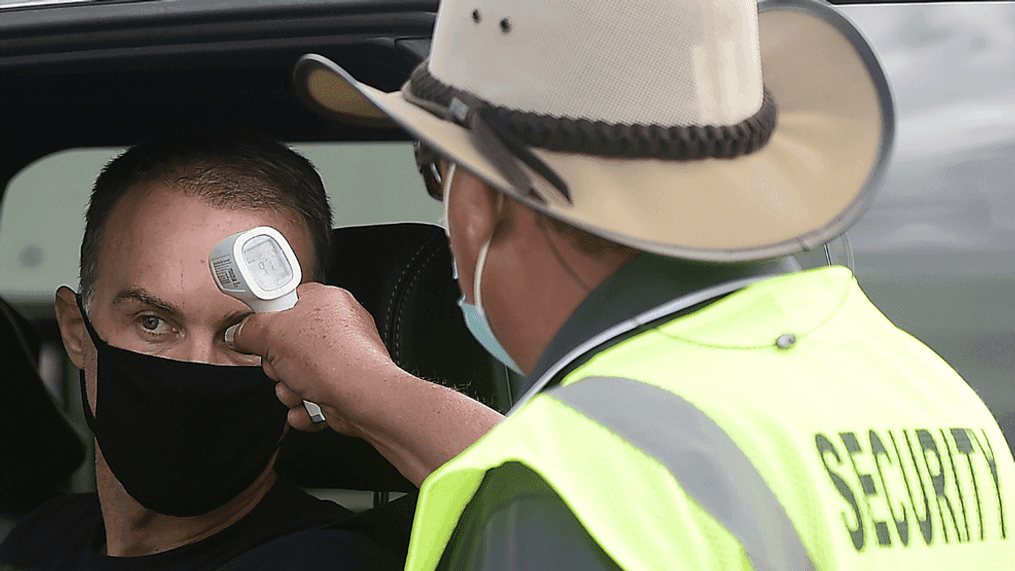'The virus gets a vote' NASCAR looks to navigate though second season of COVID-19
The green flag will drop on the 2021 NASCAR season on Sunday with the running of the 63rd Daytona 500.
NASCAR was able to run it's biggest race of the season a year ago before the pandemic hit, but most of the races were run with limited or no fans.
The 2020 was like no other in sports, but thanks to hard work and the unique nature of NASCAR, they were the first major sport to return to action and they completed all 36 races. As the start of the 2021 inches closer, they are out to prove they can do it again.
Hearing cars on the track is music to the ears of race fans. But like most sports, NASCAR went silent in March of 2020 due to covid-19. When the sport finally got back on track in May They faced challenges they had not faced before.
"Every time we have an event pandemic or not we learn something," said Daytona International Speedway President Chip Wile. "But obviously we learned how the crowd flows and where we can move people around safely."
But keeping up with an ever-evolving virus and changing protocols from track to track does present a challenge.
"The virus gets a vote on our plan," said John Bobo, NASCAR Vice-President of Racing Operations. "So we are always monitoring those developments and working with some of the best experts in the country we can to be smart about it and be proactive."
And having gone through nearly a full season of this before., certainly helps.
"We have a lot better idea of what we have going on obviously," said driver Cole Custer. "Our first race at Darlington, it was so much different than what we are used to. It's going to go a lot smoother this year."
There will still be some challenges ahead for NASCAR if they want to have a successful season.
"One of the challenges people have is protocol fatigue," said Bobo. "We all would love a cup of normal in our lives, but we have to do the things that we need to do to be safe."
I asked NASCAR Executive Vice President, Chief Operations and Sales Officer Daryl Wolfe if he feels confident they have all the right protocols in place to protect drivers and fans.
"We do we made sure that we keep learning from 2020," said Wolfe. "If there are necessary adjustments, we've made those adjustments."
NASCAR acknowledges that their sport has some built in advantages in the pandemic, like being outside and competitors being confined to individual cars.
But they say it hasn't kept them from being proactive in creating bubbles for their teams. So as of right now areas like the garage and pit road are still closed to the general public.
The running of the 63rd Daytona 500 is this Sunday. Coverage starts at 2:30 pm on FOX.




